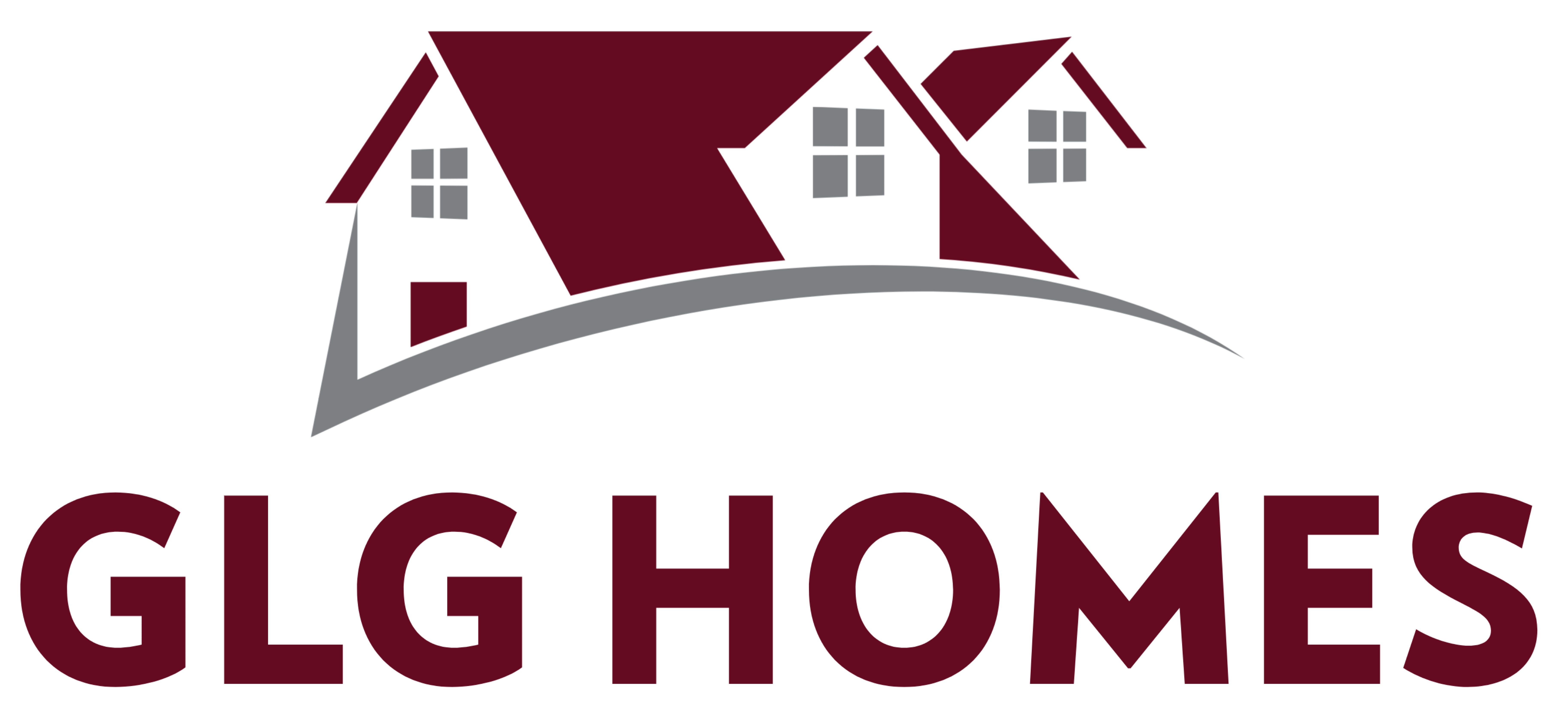Buyers are Savvy to the Quickie Flip and Can Spot an Overpriced House
Since early 2000’s, the flipping industry grew from a cottage concept into a large segment of real estate transactions. Everything from basic paint jobs to full blown large structural renovations of properties. And buyers have fallen in love with the homes that showcase style, features, utility and improvements. Buyers who purchased during the hyper pricing period of 2020-2022 may now be selling that same (flipped) property. Reviewing the sales history can be a quick indicator of a house that may have been a quickie flip.
Buyers Can Spot a Quick Flip
Especially when working with a seasoned and experienced real estate agent/broker. A real estate professional is going to identify the quality work versus hacksaw jobs. And those agents do not want their buyers to put those properties under contract. Experienced agents know a quick flip has a high failure risk during inspections or even the appraisal. Failures means starting over. For buyers, it means using precious cash (inspections and appraisal are buyer pre-closing fees) on an overpriced, low quality home. Buyers working with a good agent will see the value in a well done rehab or renovation. And the market value / market (sold) price will be less of a concern.
Scope of Rehab or Renovation and Market Value Adjustments
When formulating a project budget, with a targeted retail sale price (ARV), know the comparable market in great detail. The end product has to be a comparable that meets or exceeds other sold homes. Sold, not “Active” or “Pending”. Otherwise, adjust the price to reflect a correct market value and have a confident sale price. Property renovation (additions and/or subtractions) must be accounted for and the comparable sold properties need to be adjusted accordingly. Cutting things out to create better margin will almost guarantee a reduction in value and sold price.

